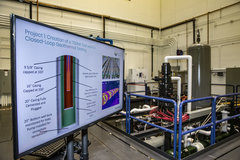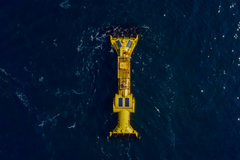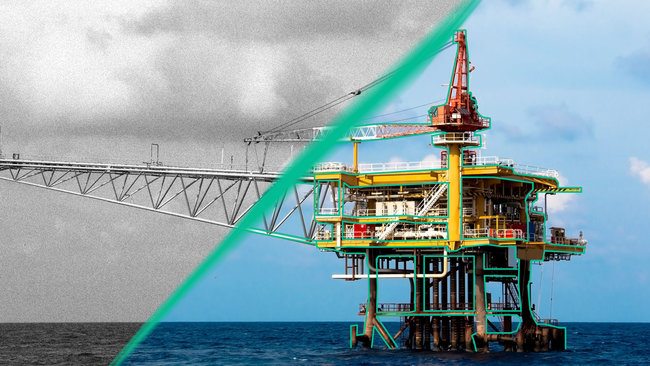Many mature offshore fields are getting close to retirement age. Improving the cost for asset plug-and-abandonment is an industry imperative.
For the first time in history, a large proportion of offshore oil-and-gas infrastructure is heading for costly decommissioning as the productivity of older wells wanes. At the Baker Hughes Oil Field Services and Equipment (OFSE) Growth Hub, a team of diverse backgrounds has disrupted accepted energy-industry plug-and-abandonment (P&A) approaches by asking: Does every unproductive well need to be immediately decommissioned? And why should operators need bespoke tooling to dismantle each differently branded asset in an oil field? Baker Hughes’ solutions to these questions are set to reduce the looming expense of decommissioning by millions of dollars per well.
Seventy percent of the world’s hydrocarbons are currently produced by aging or mature fields. Wood Mackenzie Lens data indicates that by 2030 global decommissioning expenditure (decommex) will hit an average of US$15 billion a year, peaking at $US25 billion in 2035, and that decommex between 2021 and 2050 will total $US400 billion.
Growth Hub Leader, Lorna Yuill, says, “If we can properly support the well decommissioning phase, we can save our customers money while at the same time securing good outcomes for the environment.”

Vendor-agnostic tooling is a game changer in terms of dollars clawed back from the sunk costs of decommex into operating expense (opex).
Retooling for simplicity can help reduce costs
Yuill explains that over many decades of subsea exploration and extraction, competitive tendering processes have resulted in offshore operators buying subsea equipment from a variety of original equipment manufacturers (OEM), such that any given oilfield is likely to be a mix of assets. When these need to be retired and perhaps removed, operators require tooling that will allow them to seal or dismantle the equipment of each represented OEM. Scheduling decommex in this scenario is complex in terms of assembling tooling from more than one supplier, the technicians to deploy them, and the rig or marine vessel to facilitate their work. Every complexity and resulting delay contribute to the already high cost of safely shutting down a well.
“For a deep-water decommissioning,” says Yuill, “you're looking at between five to $10 million.”
The revolutionary concept that a Swiss Army-knife-like universal tool could interface with virtually all vendor systems offers obvious advantages in terms of operators only having to deal with one supplier for one set of tools, across a field of aging wells.
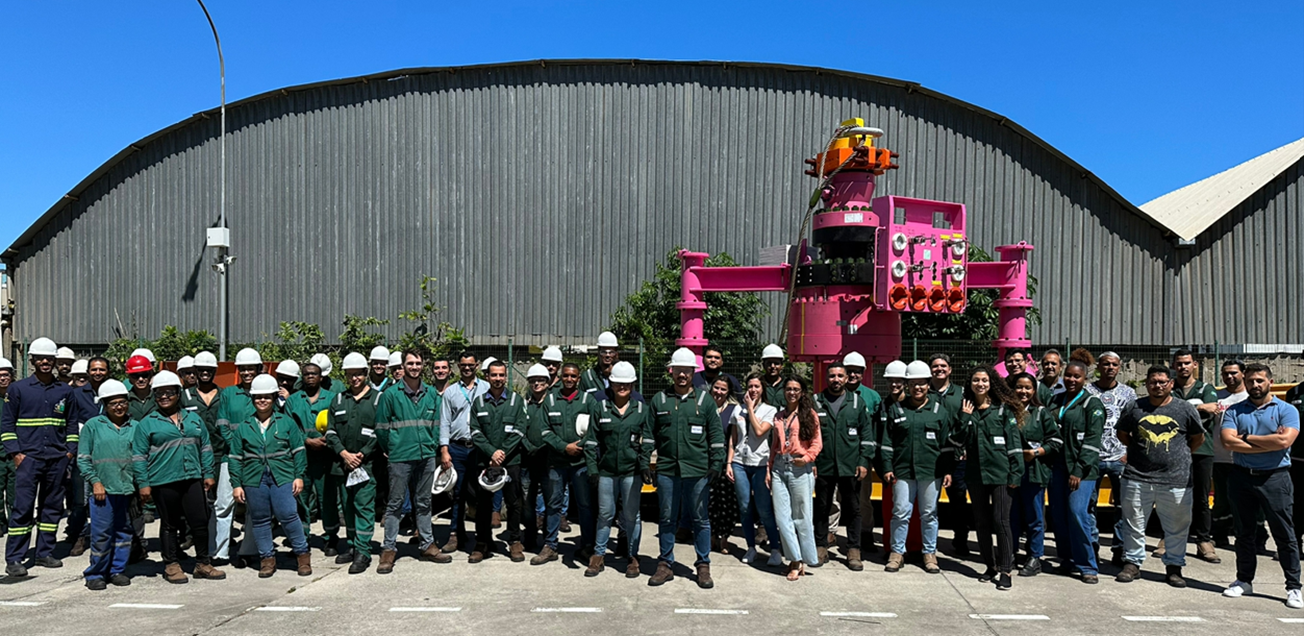
“A customer might spend $15 million on the single set of tools,” says Yuill, “but if they needed to go to four OEMs to decommission aging equipment across a field, they’d have to spend more than $40 million on tools alone.” She adds that using just one set of tools to decommission the various components of any number of wells in a field, is more efficient, than having to use a variety of tools, and can therefore also reduce time spent on the decommissioning by between 30% and 50%.
The flexibility afforded by owning or leasing a single metaphorical set of can-opener, screwdriver, saw and scissors that will safely unlock all manner of assets, also allows operators far greater flexibility in how they schedule a decommissioning program. Therein lies more substantial opportunities to save.
Having the tools on hand (and potentially not having to wait until a supplier can retrieve the tools from another operator) means they can take advantage of times when a rig or vessel in the area is temporarily on standby and use it for decommissioning purposes. A single set of tools is also easier to deploy via marine vessel if a rig is not available.
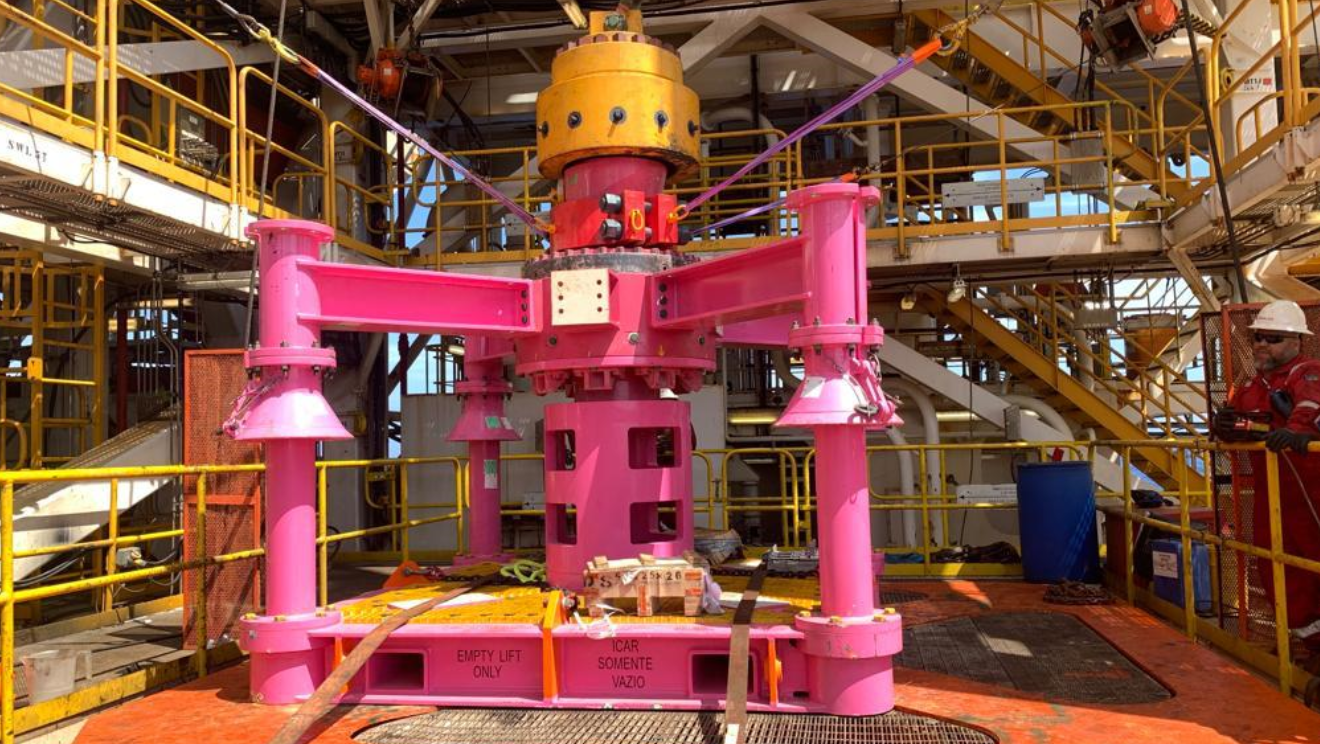
Trident Energy, a company which specializes in optimizing production of mid-life oil-and-gas assets, finalized its purchase of the Pampa and Enchova well clusters from Brazil’s state-owned company Petrobras in 2020.
Situated in the Campos Basin off the coast of Rio de Janeiro state, the Pampa and Enchova clusters include wells at various stages of productivity. Some exhausted wells in these fields have already suspended operations and are subject to strengthened Brazilian regulations around monitoring and ultimate plug and abandonment (P&A) operations.
When Trident Energy Brazil tendered for its first P&A campaign, Yuill included the still nascent vendor-agnostic tooling as an alternative to traditional solutions in Baker Hughes’ response, on the hunch that the relatively small, agile company would grasp the concept with every valve in its repertoire. She was right, but what surprised her was Trident’s willingness to work openly and collaboratively to bring the concept to fruition.
To date, five sets of tooling have been delivered to Trident Energy, comprising 24 top level tools and supporting equipment. Operations successfully started in October 2022.
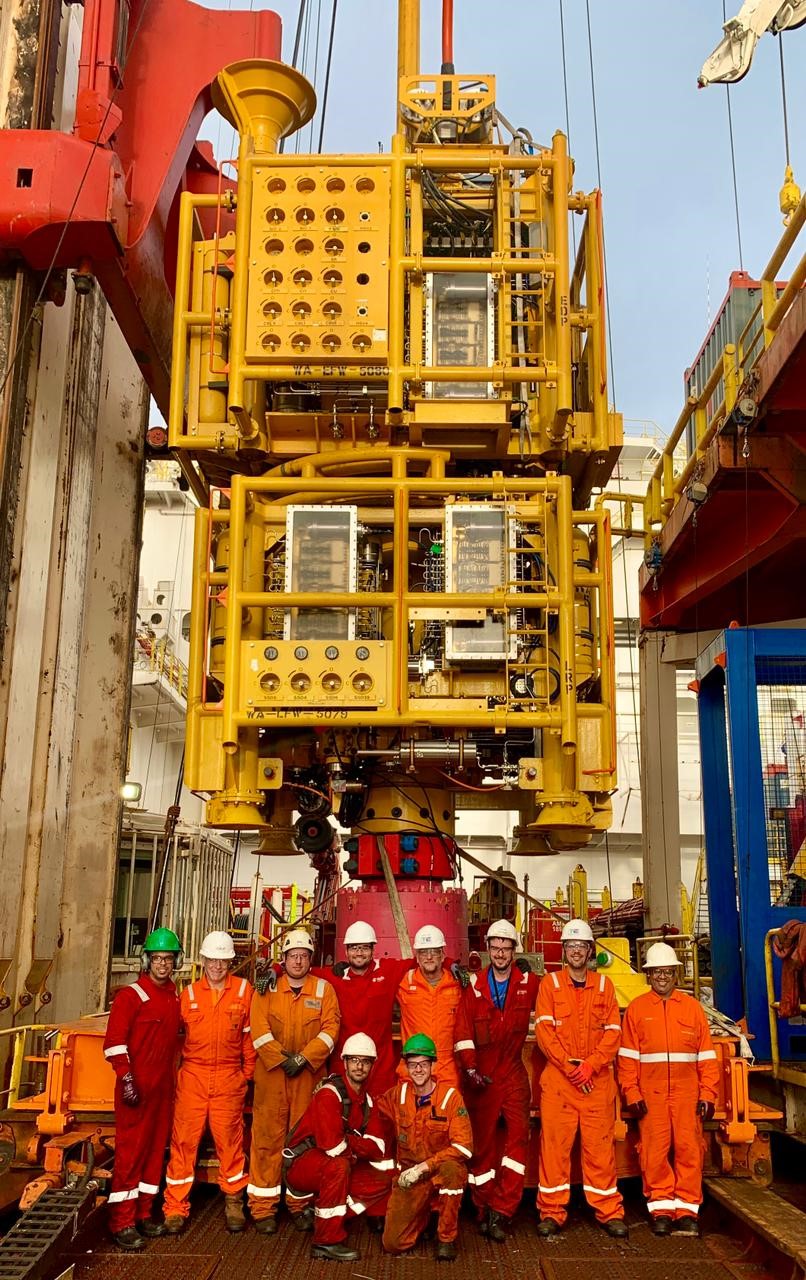
‘’The agnostic tooling supplied by Baker Hughes in partnership with Trident Energy supported our first decommissioning campaign in Brazil. This approach to design and procurement allowed us to reduce the pool of equipment required which saved on both time and money’’ said Bruno Souza – Technical Lead, Trident Energy Decommissioning Project.
He added, ‘’In response to planning changes and operational challenges, adaptation to tooling could be required. The Baker Hughes team were quick to respond and acted at pace to provide solutions.’’
Lower cost, effective subsea monitoring
Monitoring and P&A are complementary risk-management strategies. That is, a reliably monitored suspended well may remain stable without posing a threat to the environment for many years, allowing operators to defer and stagger their investment in decommissioning across several assets over time.
For the past four years, Baker Hughes has partnered with Sentinel Subsea to bring passive well monitoring systems to market. Says Sentinel CEO Neil Gordon, “The way we’ve brought this technology to market is a showcase in how to do it at pace in an industry where it typically takes a decade for new technology to reach marketability because oil and gas is naturally conservative.”
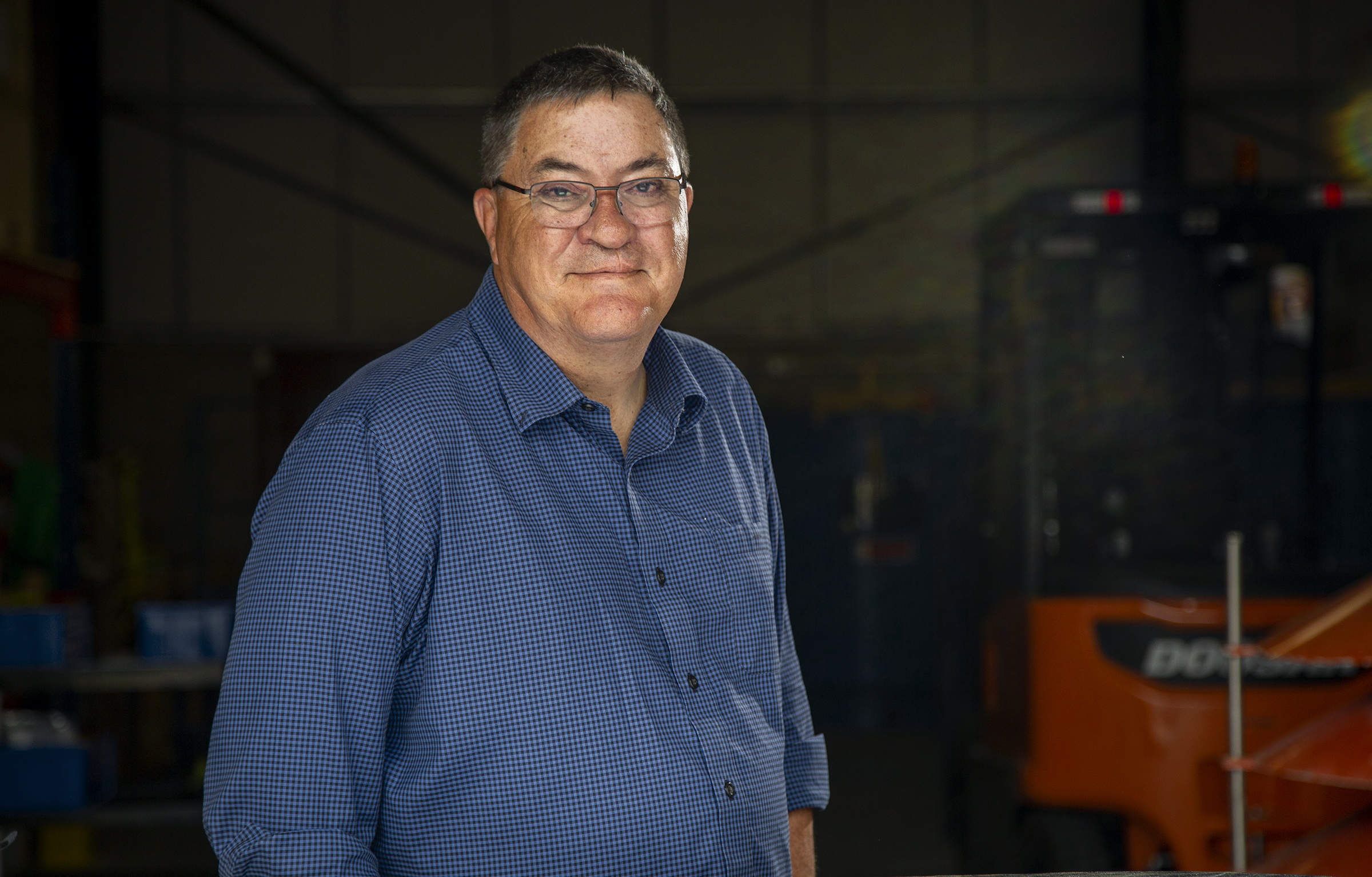
Trident Energy has deployed three of seven Sentinel Subsea monitoring systems purchased to date designed to remotely monitor subsea assets both operational and retired.
The resulting range of Sentinel Subsea monitors is made up of easy-to-deploy, passive systems that operate without the need for active power, routine system checks or data communication to the surface. But communicate they do: in the event of any unwanted loss of containment — call it leakage of gas or fluid — from a monitored asset, the systems release a beacon to the surface which transmits an alert signal via engageSubsea, Baker Hughes’s real-time, modular, remote monitoring platform, prompting the operator to take immediate action.
In comparison, conventional subsea asset monitoring involves sending a vessel two or four times a year, with trained personnel and a remotely operated dive vehicle, to test for any form of leakage. Yuill puts the cost of such deployments at between $250,000 and $500,000 a year. “With our solution, you don't need to do any of that,” she says. “Once the system is installed on your laptop, you can regularly check that everything is OK. It allows you to drastically cut OPEX.” There is also, she adds, an attendant saving of carbon emissions in avoided vessel deployment; and the ability to comply with various country policies more easily on P&A.
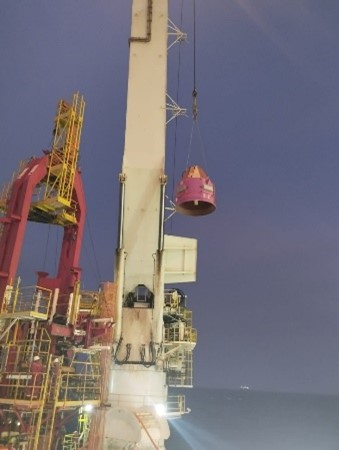
Oyster, Coral, and Frond WellSentinel™ systems are designed to monitor inactive subsea christmas trees, wellheads, and manifolds, respectively. “We know that every customer will have a different subsea architecture, so we have monitoring solutions tailored to their needs,” says Yuill.
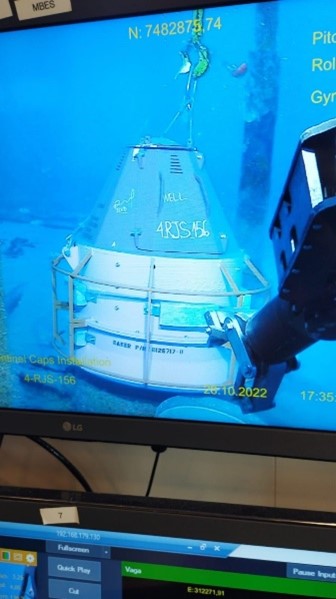
By questioning accepted practices, collaborating with early adopters such as Trident Energy, and partnering with innovators such as Sentinel Subsea, the Baker Hughes team has taken little more than a year to commercialize revolutionary well monitoring and tooling that together will secure the safety of offshore decommissioning projects and help take energy forward.
Energy Forward Stories
Sign up to stay up to date on the latest innovations and people shaping the future of our industry.


